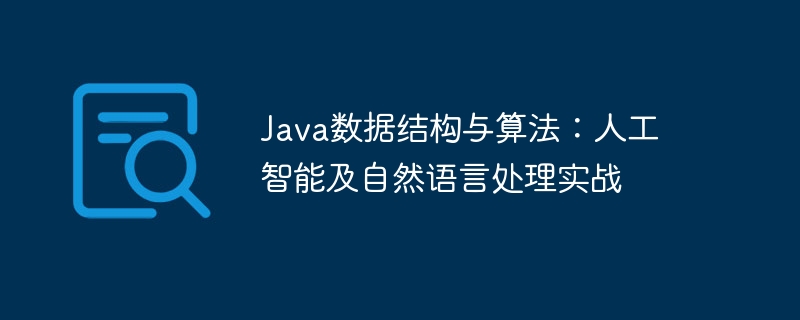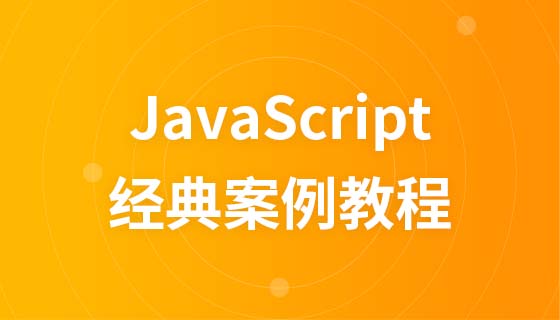
Data structures and algorithms play an important role in AI and NLP, as shown in sentiment analysis, text summarization, and image classification: Sentiment analysis: Use HashMap and sentiment scoring algorithms to efficiently identify text sentiment; Text summarization: Frequency of use Queue and TextRank algorithms generate summaries based on word frequency; image classification: store image data through multi-dimensional arrays and use convolutional neural networks to extract features.

Introduction
Data Structures and Algorithms are the foundation of computer science and play a vital role in fields such as artificial intelligence (AI) and natural language processing (NLP). This article explores techniques for using data structures and algorithms in Java to solve real-world problems in the fields of AI and NLP.
Practical case: text sentiment analysis
1. Data structure selection: HashMap
Sentiment analysis involves identifying the sentiment of text polarity. We use HashMap to map words to their sentiment scores to improve retrieval speed.
Map<String, Double> emotionScores = new HashMap<>();
emotionScores.put("good", 1.0);
emotionScores.put("bad", -1.0);2. Algorithm: Sentiment Score
Iterate over each word of the text and add the sentiment scores to get a total score.
double sentimentScore = 0.0;
for (String word : text.split(" ")) {
sentimentScore += emotionScores.getOrDefault(word, 0.0);
}Practical case: text summary
1. Data structure selection: frequency queue
Summary generation is based on identifying text Most common words. Efficiently track word frequencies using frequency queues.
PriorityQueue<Word> frequencyQueue = new PriorityQueue<>(Comparator.comparing(Word::getFrequency).reversed());
2. Algorithm: TextRank
The TextRank algorithm uses a frequency queue to calculate the importance of each word and generate a summary.
while (!frequencyQueue.isEmpty()) {
Word word = frequencyQueue.poll();
// 计算单词的重要性并将其添加到摘要中
}Practical case: Image classification
1. Data structure selection: multi-dimensional array
Image classification usually involves processing multi-dimensional data (3D array). Arrays provide efficient data storage and retrieval.
int[][][] imageData = new int[height][width][3]; // RGB 数组
2. Algorithm: Convolutional Neural Network
Convolutional Neural Network (CNN) is used for image recognition. They use convolution operations to extract image features.
// CNN 模型训练代码 CNN cnn = new CNN(); cnn.train(imageData, labels);
Conclusion
Data structures and algorithms play a vital role in the field of AI and NLP. This article shows practical examples of applying these concepts in Java to make the development of AI and NLP applications easier and more effective.
The above is the detailed content of Java Data Structures and Algorithms: Practical Combat of Artificial Intelligence and Natural Language Processing. For more information, please follow other related articles on the PHP Chinese website!
